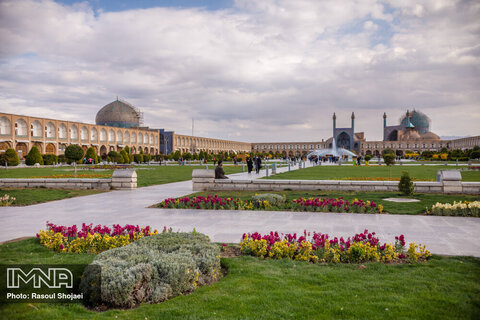Iran (IMNA) - Specialists from various countries, including Iran, Armenia, Afghanistan, Pakistan, Kazakhstan, Kyrgyzstan, Tajikistan, Turkey, Japan, and Indonesia, have been invited to attend the event, which is scheduled to take place from October 17 to 19 in this historic city.
The conference will place significant emphasis on the role played by non-governmental activists in protecting intangible cultural heritage. It will also explore strategies to enhance its resilience against the impacts of climate change in Western and Central Asia. This information was reported by ISNA on Monday.
Earlier this year, Iran was elected as the chair of UNESCO’s Intergovernmental Committee for the Safeguarding of Intangible Cultural Heritage for the Asia-Pacific Group.
Ali Darabi, Iran’s Deputy Minister of Tourism, has affirmed that the Islamic Republic is fully committed to the principles outlined in the UNESCO Convention for the Safeguarding of Intangible Cultural Heritage.
"Iran stands as one of the most proactive nations worldwide in implementing the Convention for the Safeguarding of the Intangible Cultural Heritage," Darabi stated during the 5th Ordinary Governing Council Meeting of the Regional Research Center for Safeguarding Intangible Cultural Heritage in West and Central Asia.
Tangible heritage is derived from a nation's intangible heritage and serves as a testament to the shared history of humanity. In essence, intangible cultural heritage represents the soul of a nation's culture, as stated by the official.
"In a recent statement, Darabi highlighted the long-standing significance of intangible cultural heritage in West Asia and specifically in Islamic Iran. This concept has captivated global attention in the past two decades, but Iran takes pride in its centuries-old interest in promoting symbols and manifestations of its rich intangible cultural heritage.
Iran's impressive array of cultural elements has earned recognition on the UNESCO World Heritage Sites Found List of Intangible Cultural Heritage of Humanity. These include traditional skills such as building and sailing Iranian Lenj boats in the Persian Gulf, the Radif Iranian music tradition, pilgrimages to St. Thaddeus Monastery, and the intricate art of miniature painting. These designations serve to safeguard the nation's remarkable cultural achievements.
According to the United Nations cultural body, intangible cultural heritage encompasses traditions and living expressions passed down from our ancestors to future generations. This includes oral traditions, performing arts, social practices, rituals, celebratory events, knowledge and practices related to nature and the universe, as well as expertise in producing traditional handicrafts.
At both national and international levels, the Convention for the Protection of the Intangible Cultural Heritage, adopted by the UNESCO General Conference on October 17, 2003, ensures the preservation of these invaluable cultural treasures."


Your Comment